Samatva
Byte Sized Travel Stories
people, places and stories.
nothing else.
just the trivial things.......
that make travel interesting....
and memorable
- All (75)
- Footsteps of Rama (3)
- Himachal (16)
- Quiz (0)
- Temples (16)
Coming out of Mud, Dhankar
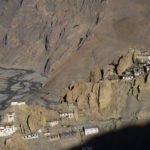
Sun Temple of Sutlej Valley, Nirath
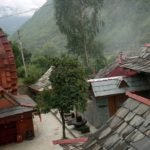
One of her kind, Bhimkali at Sarahan
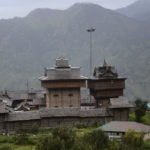
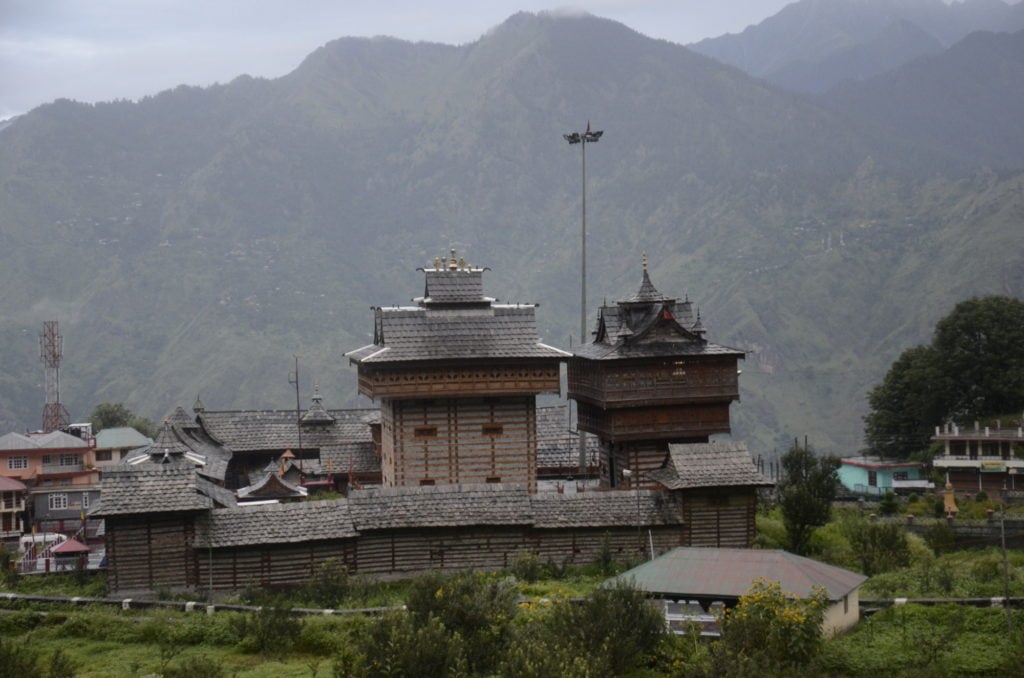
One of her kind, Bhimkali at Sarahan
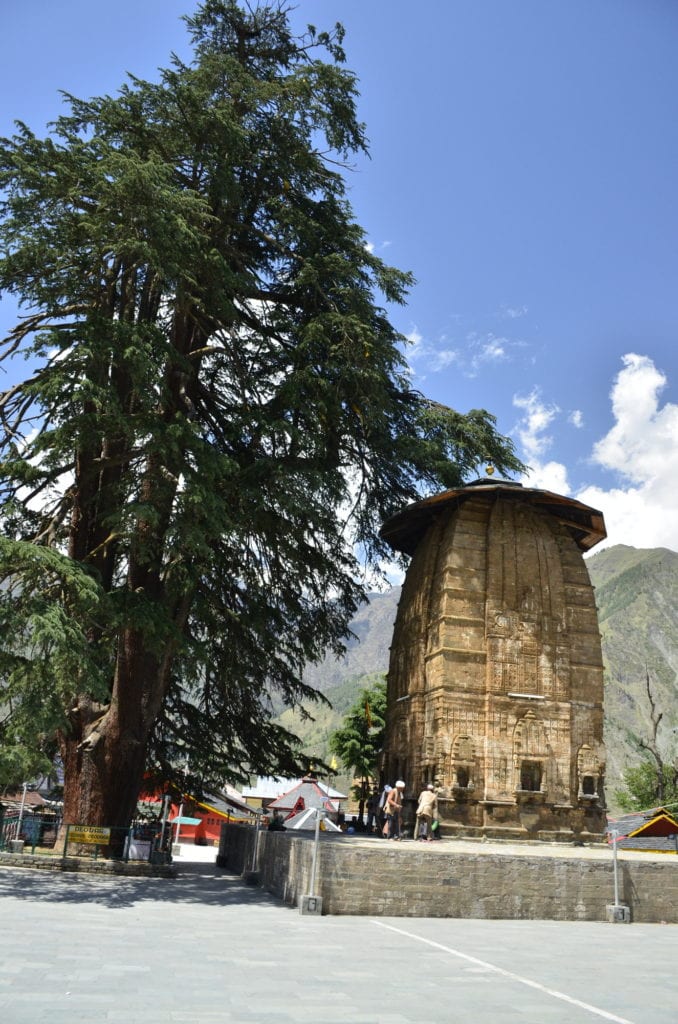
Land’s end at Bharmour
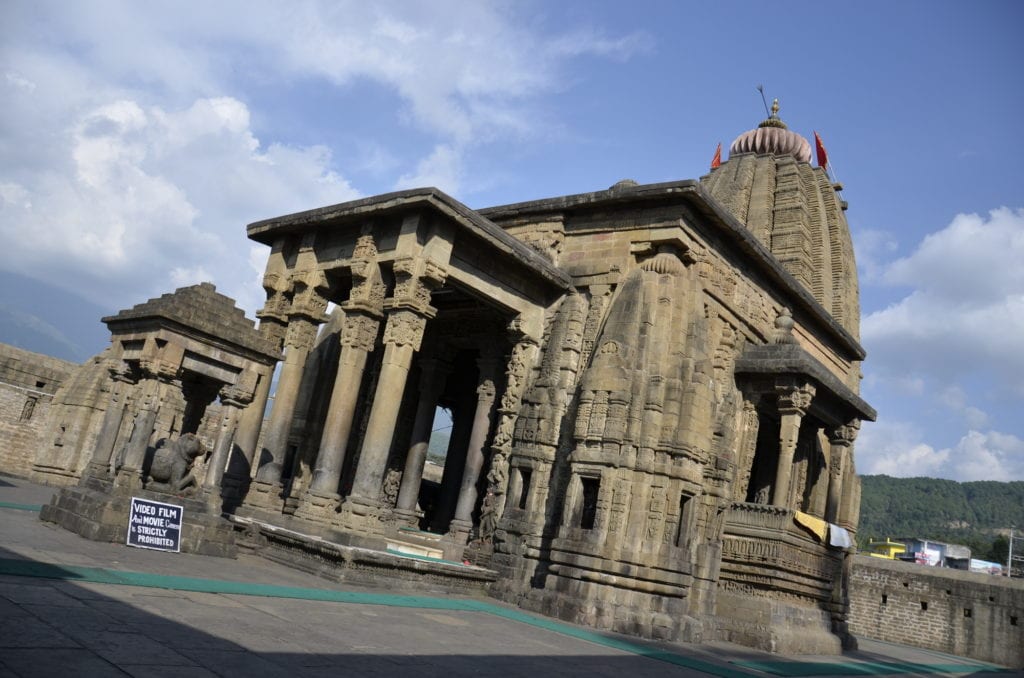
Perfect setting for the soul. Baijnath
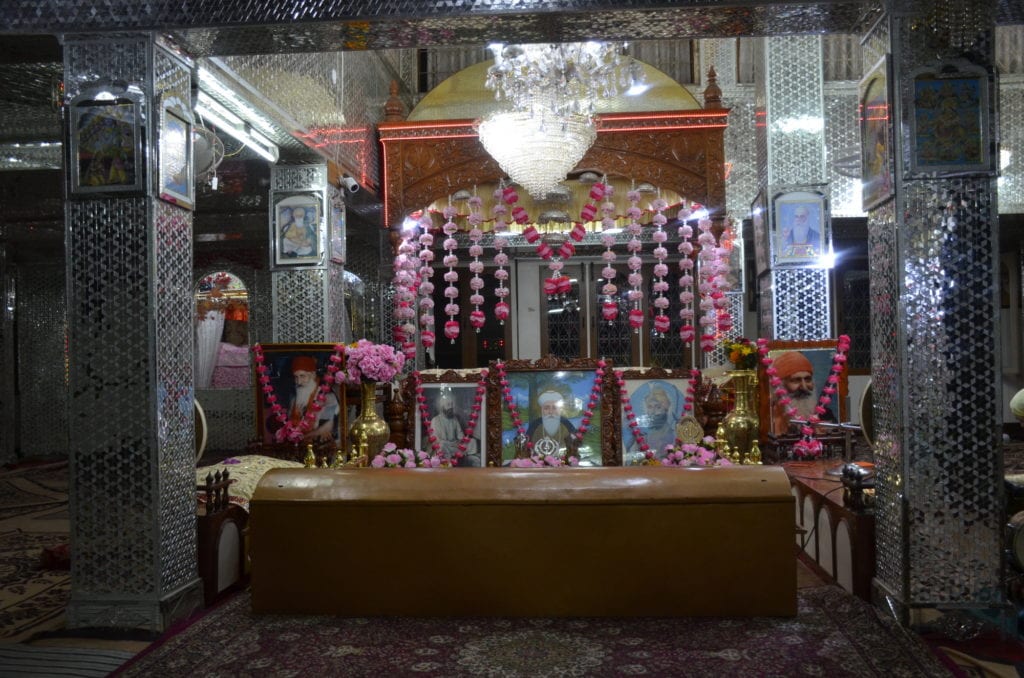
Variety of Manikiran
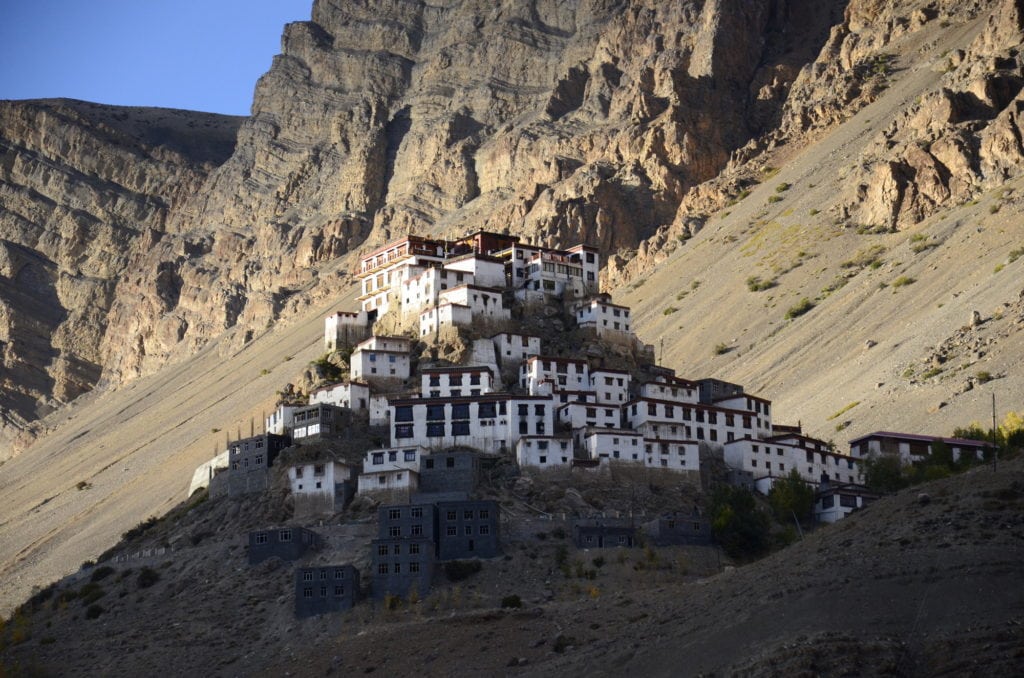
The pleasure of doing nothing at Ki
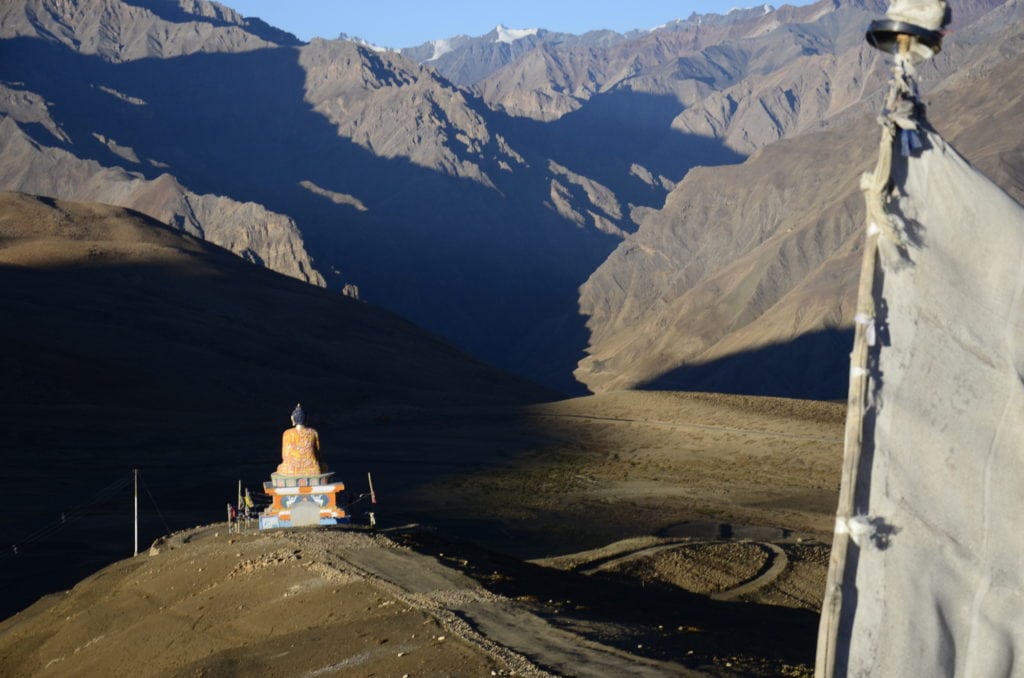
The perspective of Buddha, Langza
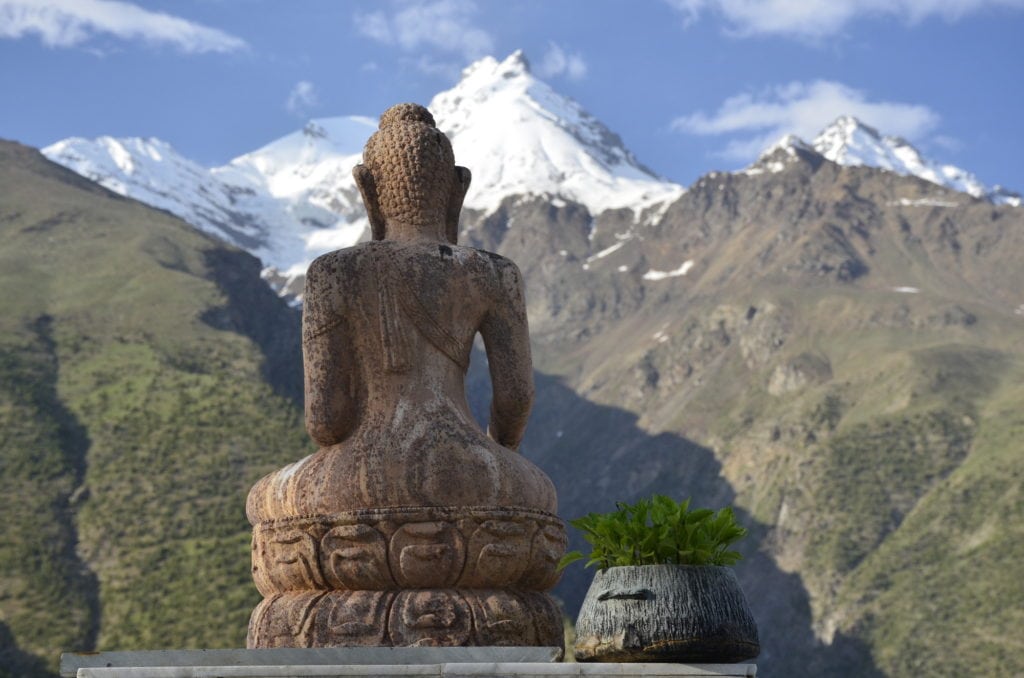
Philosophy at a glance, Kardang
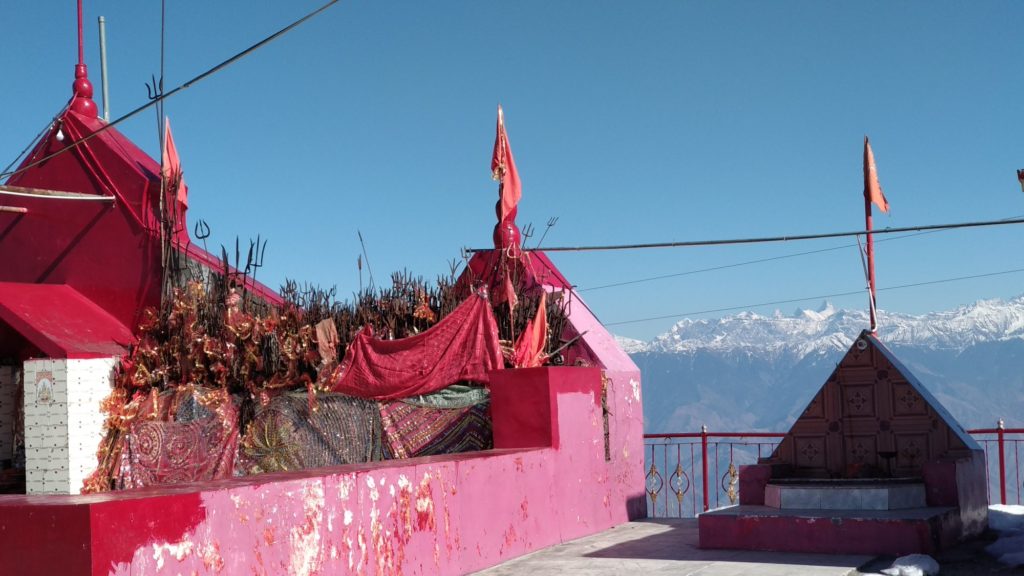
Mataji, Mountains and Maggi, Dainkund
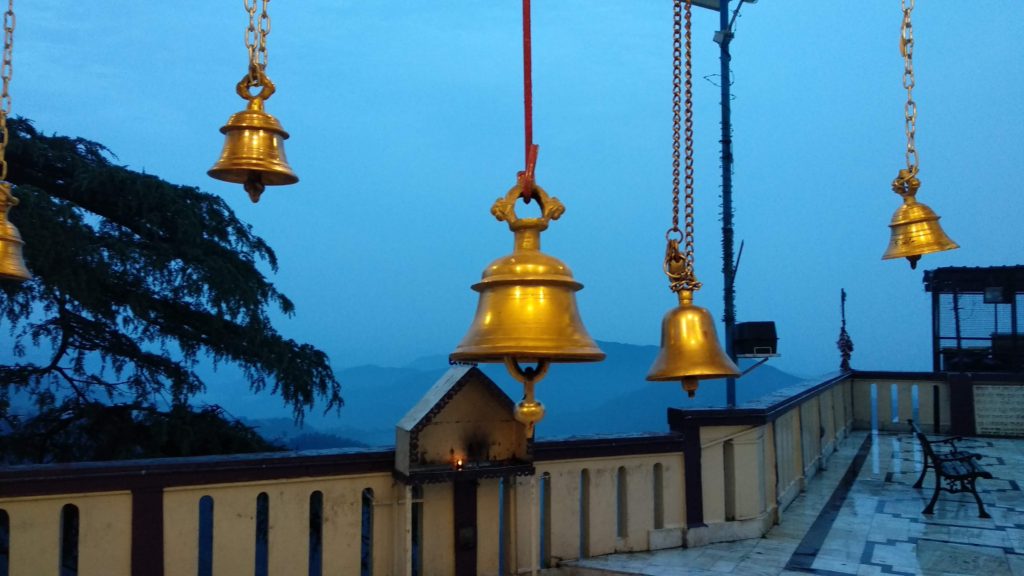
Everyday life at Kali Bhari, Shimla
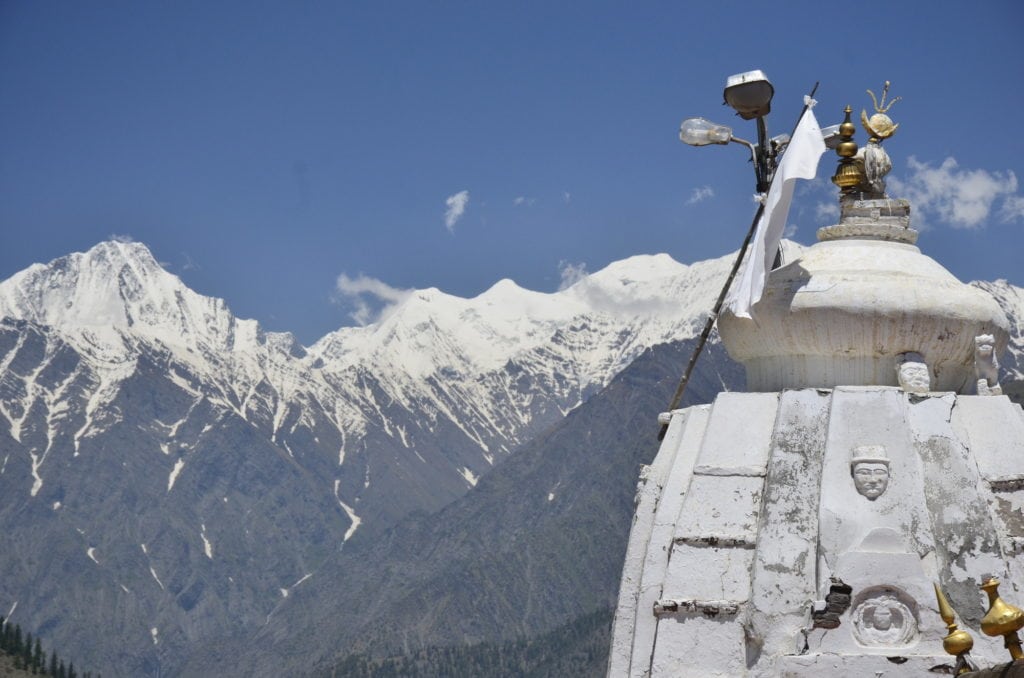
Harmony lived each day, Triloknath
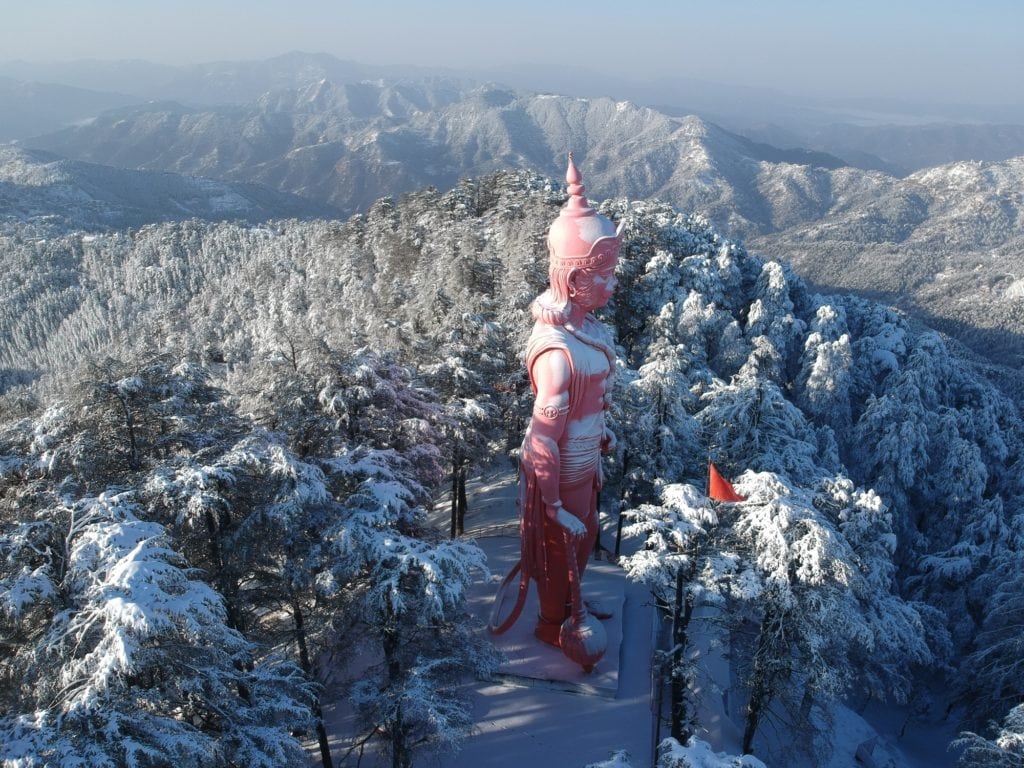
Hanumanji at hilltop, Shimla
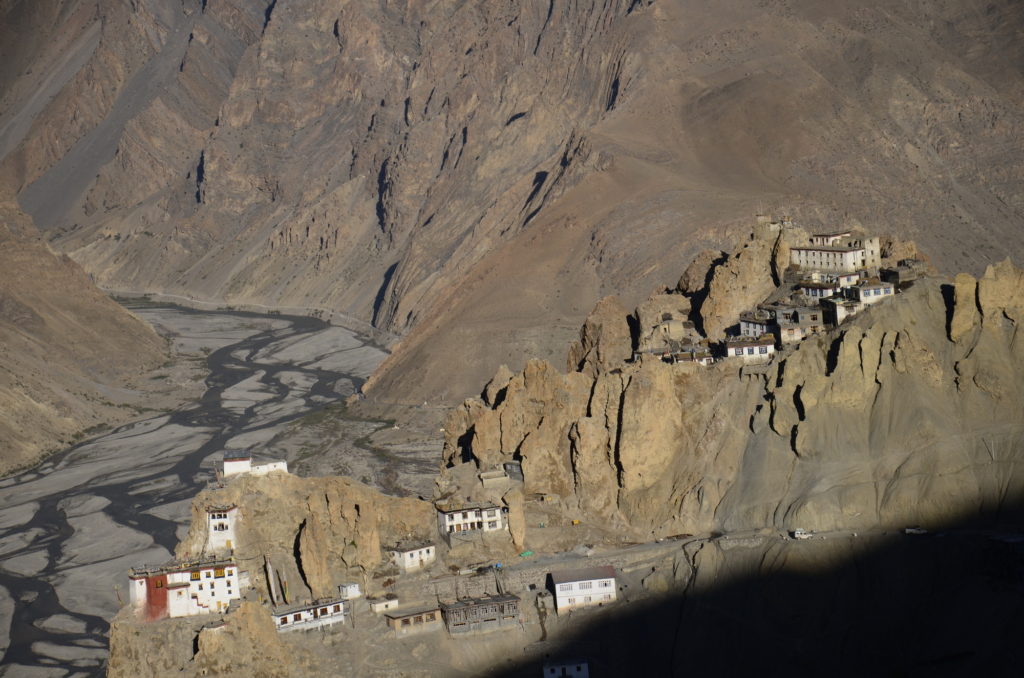
Coming out of Mud, Dhankar
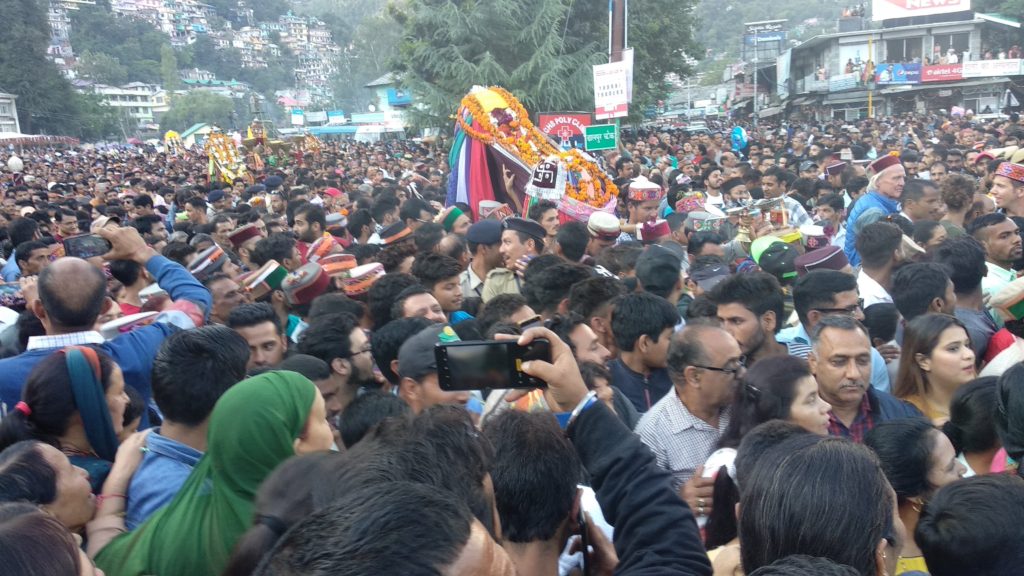
When the whole town is a temple, Kullu Dussehrah
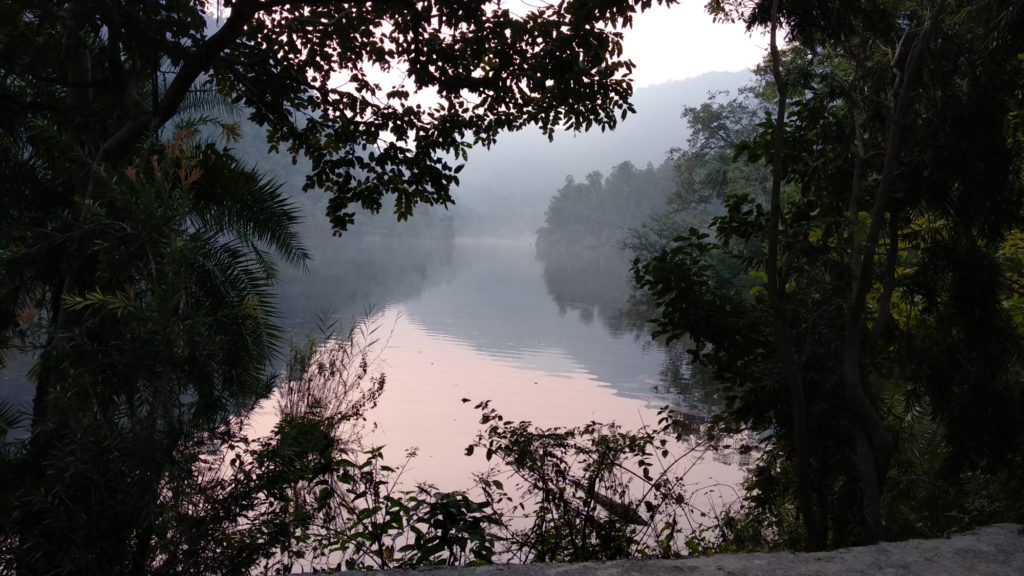
Lake placid at Renukaji
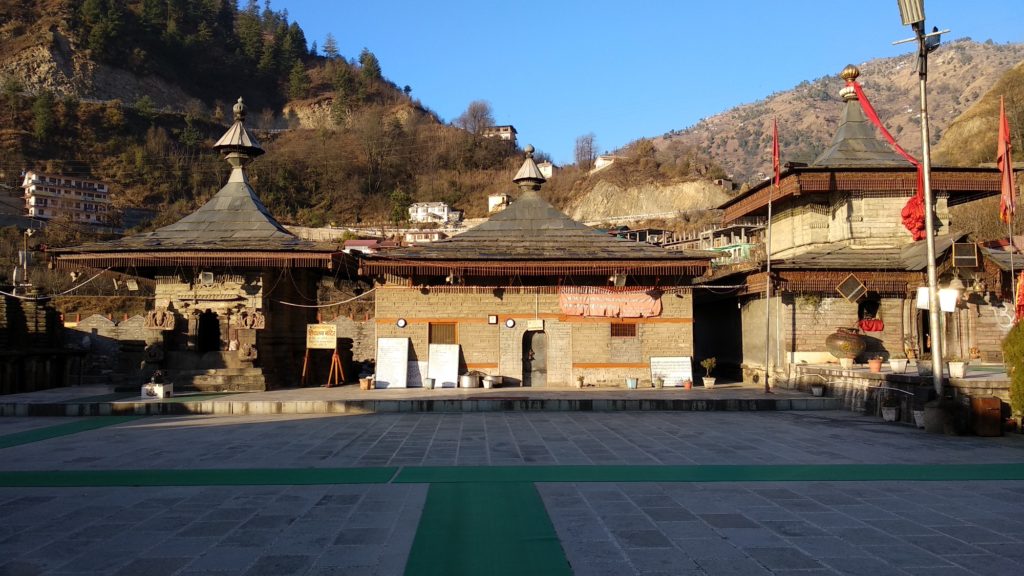
Hatkoti, on its own
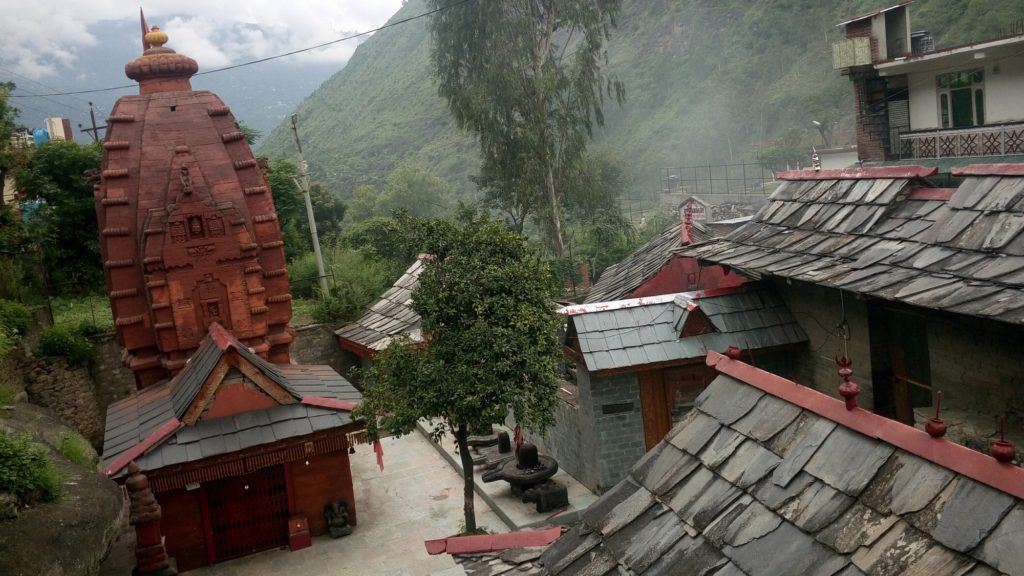
Sun Temple of Sutlej Valley, Nirath

Everyday life at Kali Bhari, Shimla
Kali Bhari at Shimla. Temples of Himachal …10.
There are grand temples, there are popular temples and there are temples at great locations. Then there are some that are part of everyday life.
Kali Bari temple in Shimla is a part of the daily life. It is an interesting blend of native history and migration. Kali as Shyamala represents what is native, giving the city its name; and as Kali, gives identity to the Bengalis who accompanied the British into the city in its early years.
It is at the western end of the ridge, a few hundred meters after Scandal point where most tourists stop. My client in Shimla has a habit of walking to the temple every day, and I have accompanied him a few times.
The temple is grand because of this routine of its devotees. One June, we were at the temple when it had started raining heavily, The chill was unbearable and bare feet were making it worse. I took a glance from within the temple outside.
There is a small but open courtyard and you can look at all of Shimla from there. A bench if you are tired of the walking, a tiny oil lamp on the wall, shielded from the rain and snow; which must have been here since 1845. Then the sight of modernity – a solar lamp post. The sight of the bells in the background of dusk, create serenity. The locality is nothing such, but faith does create an oasis.
Everyday life at Kali Bari temple, Shimla

Hatkoti, on its own
Hatkoti, Temples of Himachal… 5.
Shimla is over visited, so is Dehradun-Mussourie. Surprisingly, the region between Shimla and Dehradun is not. There are several routes, some as short as six hours.
Hatkoti is in one of them, a 100 odd kms east of Shimla. This is the start of the Yamuna river territory. Every drop of water that falls on this side finds its way to Yamuna and eventually to Allahabad and Varanasi and Bay of Bengal. The road passes through Karapathar: a hill station that Himachal tries to hide for its own good. You can see all the snow you want, and also leave behind the crowds of Kufri and Shimla.
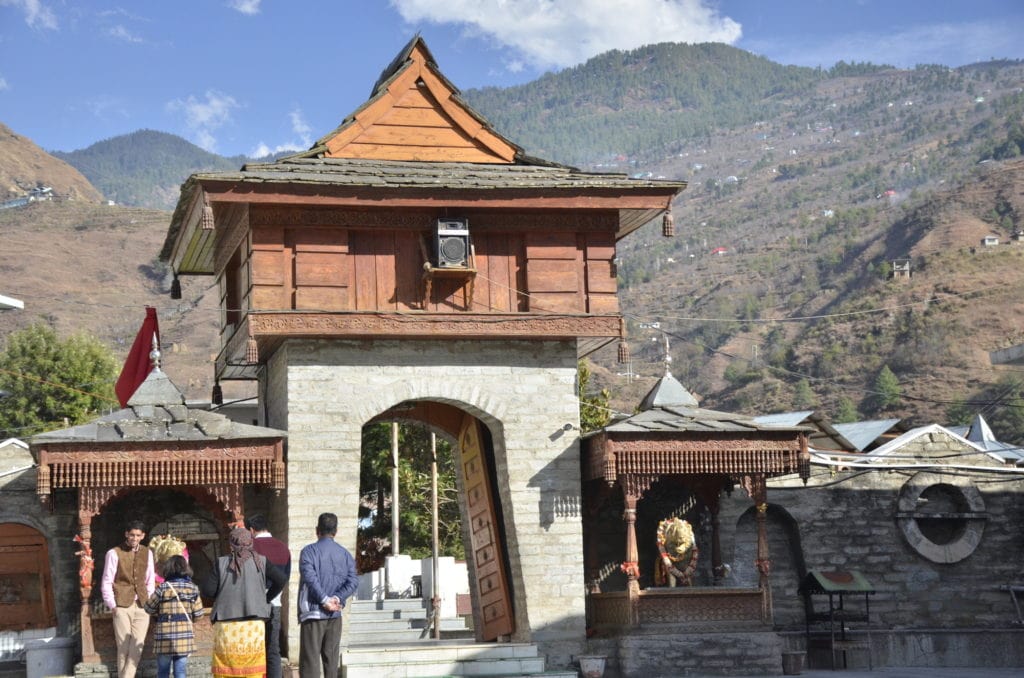
Entrance gate of Hatkoti
The Hateshwari temple is at Hatkoti, where the road meets the river Pabbar. At Hatkoti, Pabbar opens up into a wide valley and the temple overlooks the valley and the rice plains.
On an idle day, there is so much to do around. You can wander in any direction and into any field as guests are assumed to be non threatening. There was a dam under construction and I even slithered up the spillway without anyone objecting. The depth of knowledge in the chit chat within the temple; the extent of their global awareness stunned my assumptions.
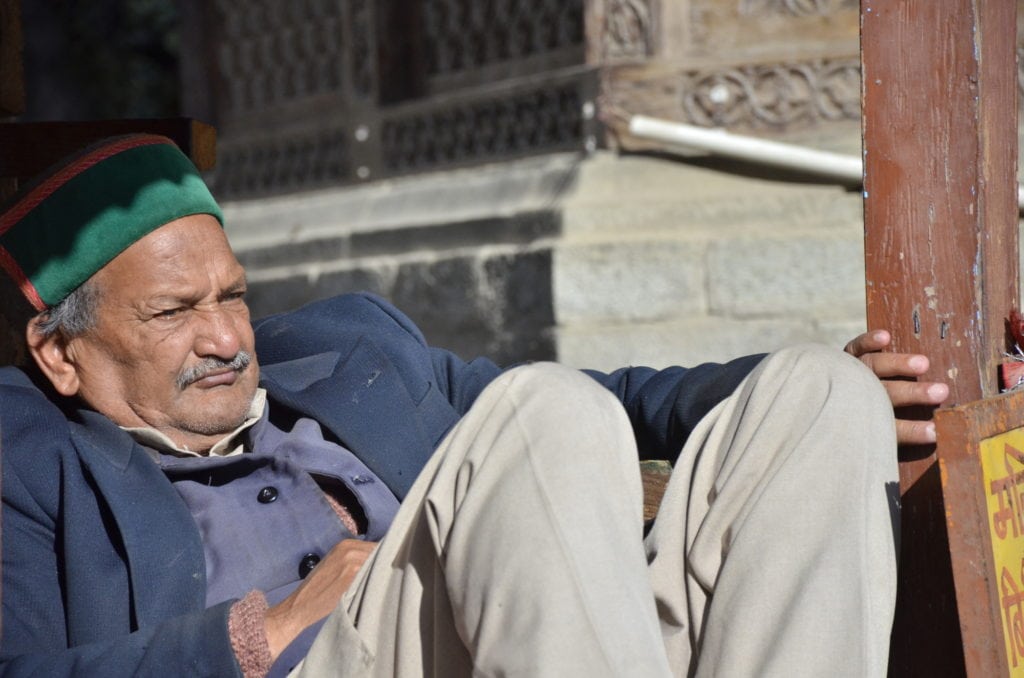
December Sun at Hatkoti
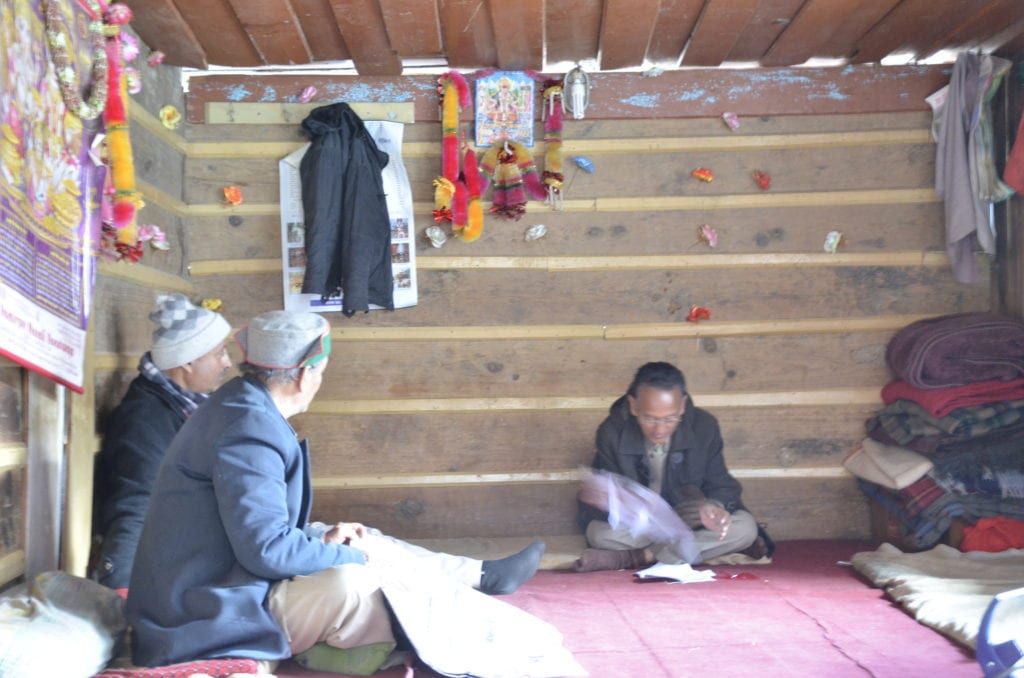
Gup Shup at Hatkoti Temple
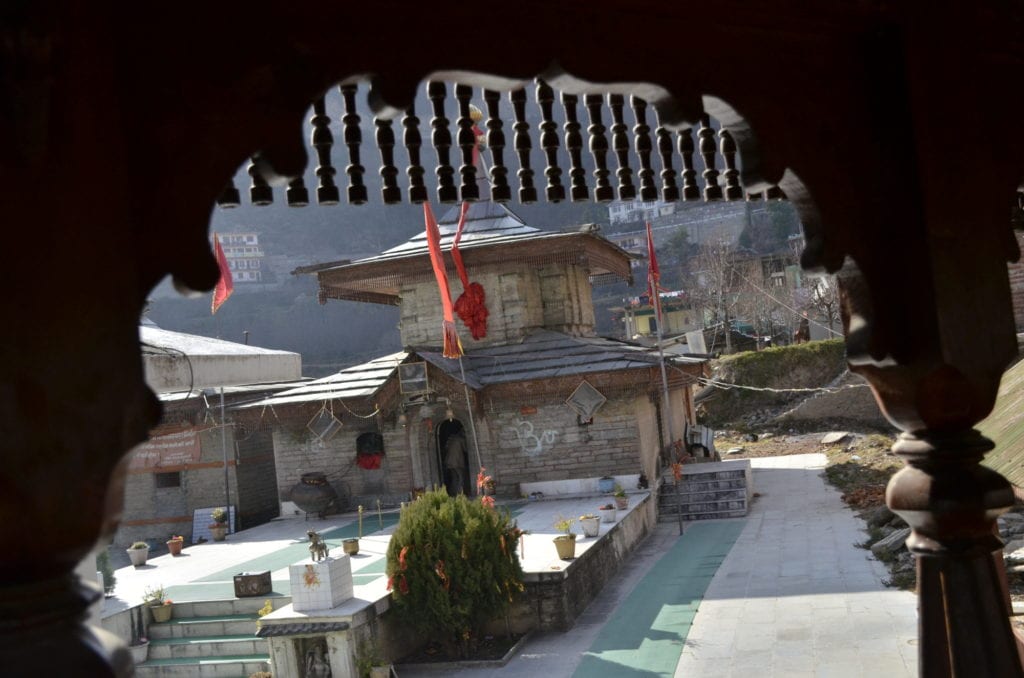
Hatkoti temple, on its own
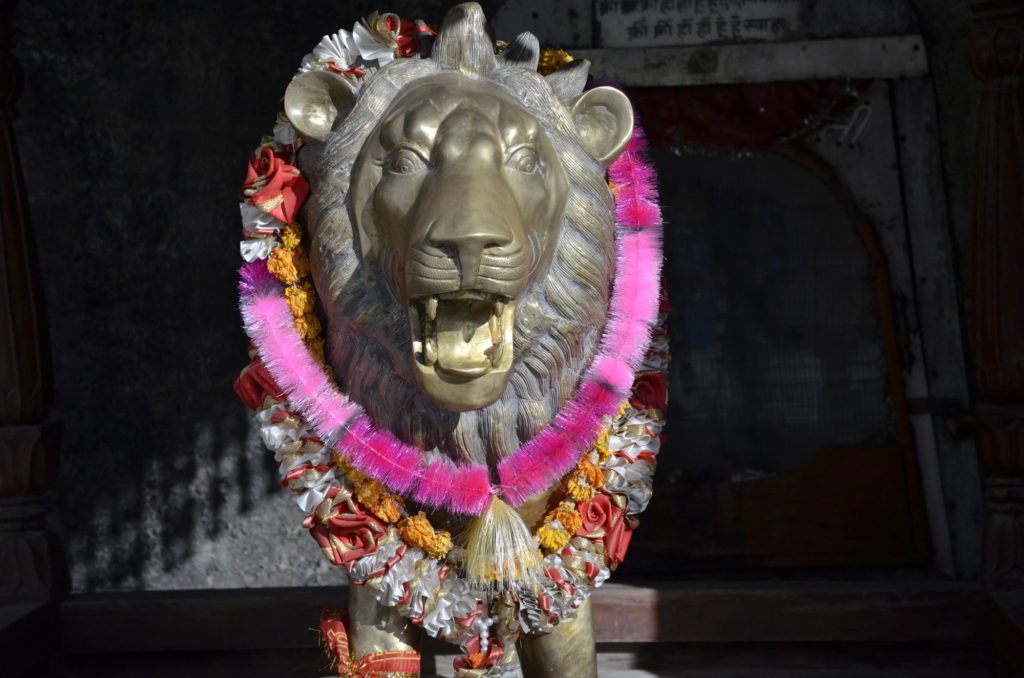
Guardians of Hatkoti
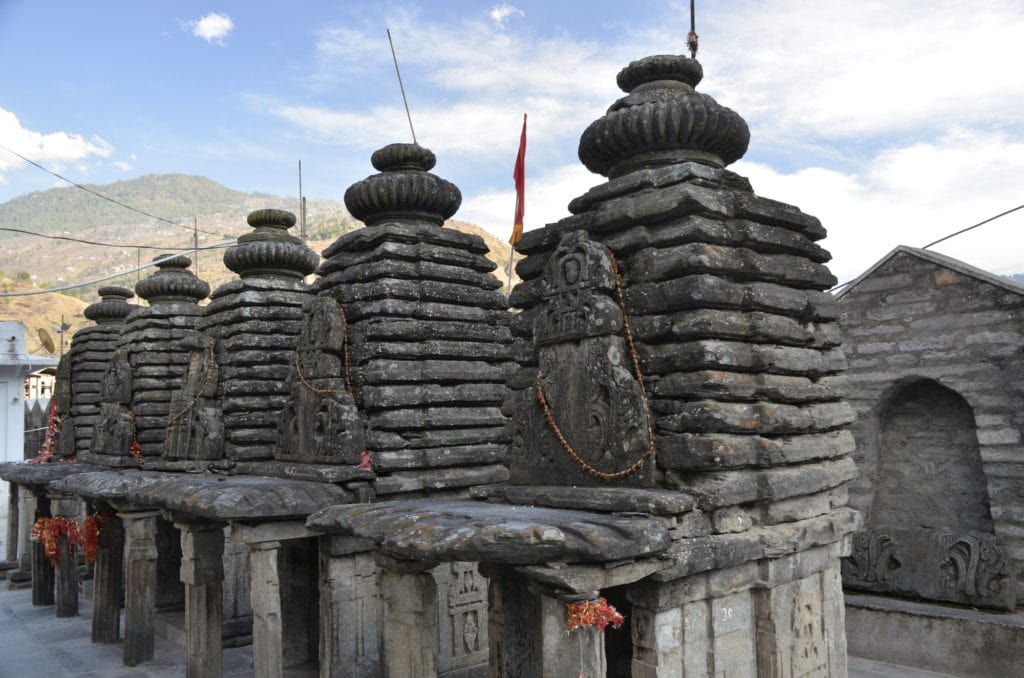
Shrines of Hatkoti
The route from Hatkoti towards Dehradun is bliss. It snakes along the Pabbar river at level; jumps over the confluence of Tons and Pabbar; and then runs along the Tons for several miles. There is not an outside soul and no Gujarati, South Indian, Chinese Vaisnavi Dhaba. I stopped at the riverside and was served fresh milk tea, by a Gujjar family.
Temples, rivers and hospitality, Hatkoti, Himachal Pradesh
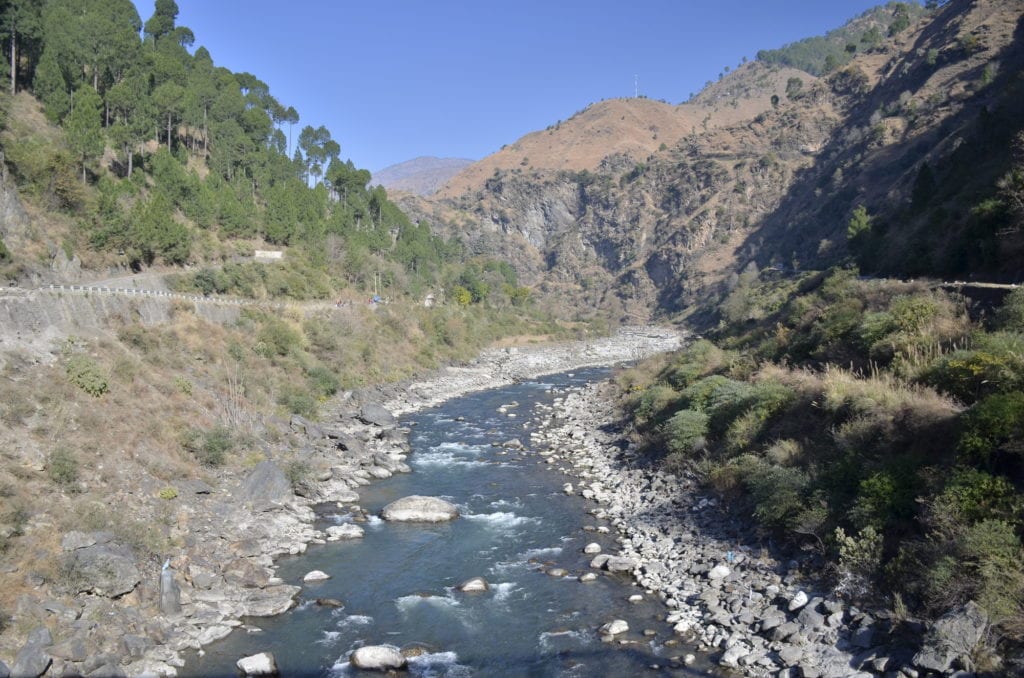
Pabbar river that meets Tons to flow into Yamuna eventually

Coming out of Mud, Dhankar
Dhankar. Temples of Himachal….7.
Spiti is sparsely populated. It is part of a district that has 3 people per sq km that makes up for less than a percent of India’s density. I was sold on this area by one of the earliest outlook travellers books on Himachal. It had a trek called Spiti left bank trek. I stepped out with an ambition to do it solo.
Once I reached Spiti, I quickly gave up on the trek idea. The heights, landscape and desolation scared me off the solo idea. The trip became a slow travel over ten days or so. Dhankar was one of the stops.
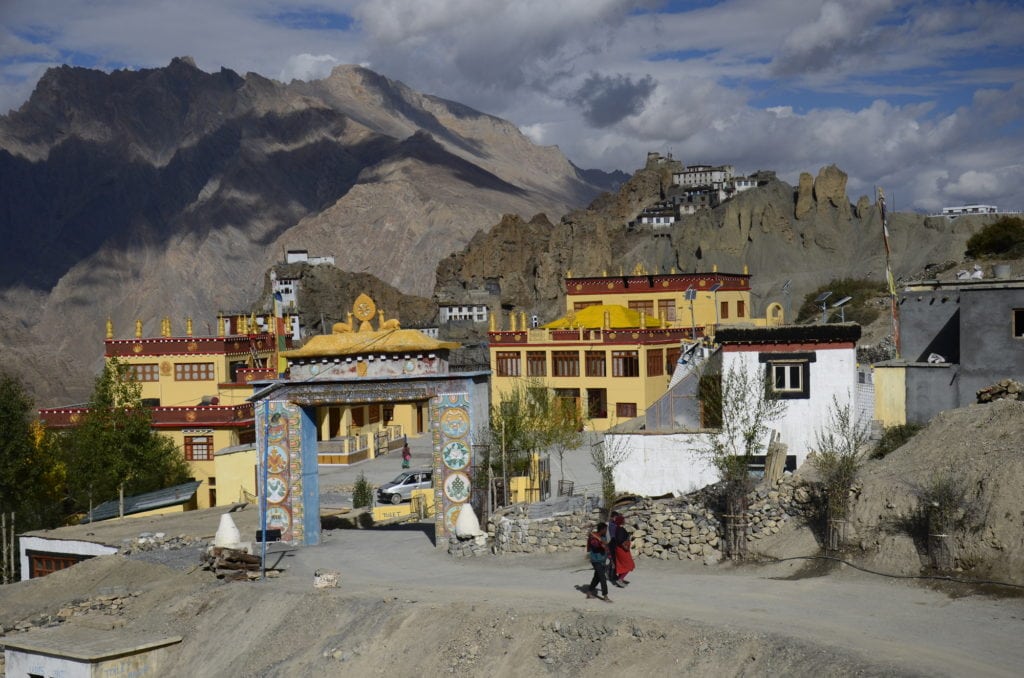
Dhankar, the new and the ancient
It is a monastery on a ridge line and makes for spectacular views. It is on a mud cliff, all sides and edges ragged by raging winds; and then snow that drags the mud down every season. It looks like a giant termite mound as a result. The location overlooks the confluence of two great rivers, Pin and Spiti, which eventually become the Sutlej.
I reached by afternoon and then ran into a small group of very serious young photographers from Karnataka. They use only the morning and evening sunlight and were maniacal in their attention to detail.
Next morning, they decided to climb up the mountain further to get an early morning shot of the monastery and I went along with them. The monastery itself is at about 12500 feet and we went some bit higher. The Sun slowly crept up on the ridge line and the shadows receded, lighting up the monastery.
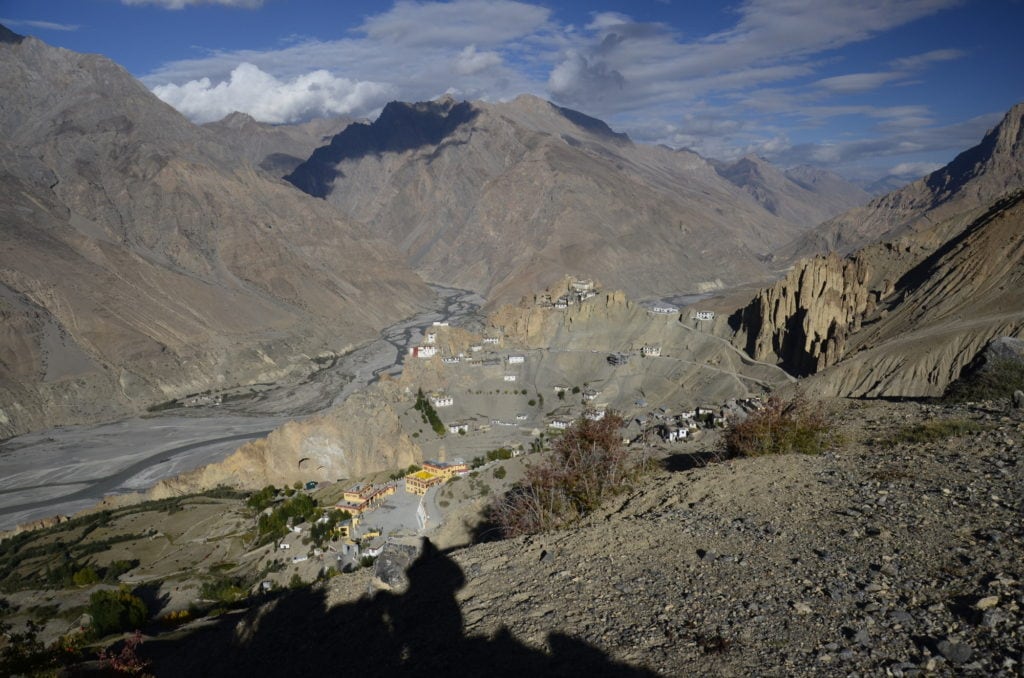
The landscape of Dhankar
Dhankar has other distractions, a short hike to a mountaintop plateau with a lake. An abandoned Santro car, since towing it to Manali is not worth the salvage value, a really cost monastery hostel, budding monks and great food.
I also realised that Hrishikesh Sagar, one of the serious photographers, is a wonderful wildlife enthusiast, and his photos are a pleasure to see, everytime.
Coming out of Mud. Dhankar Monastery, Spiti, Himachal Pradesh
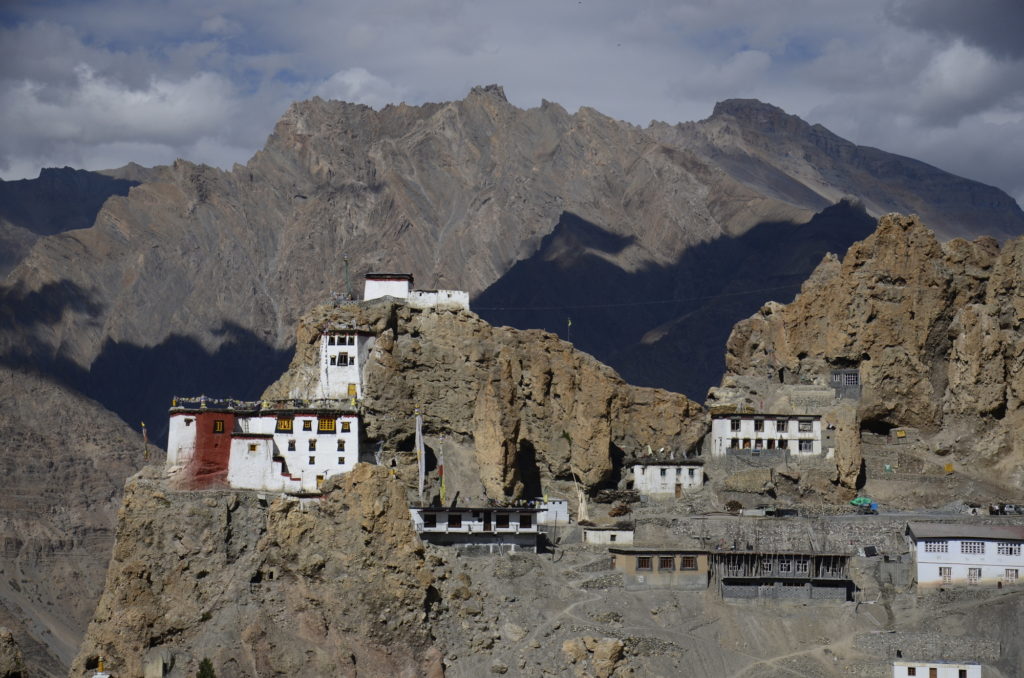
Dhankar Fort that seems to just pop out of Mud

Budding monks at Dhankar Monastery
